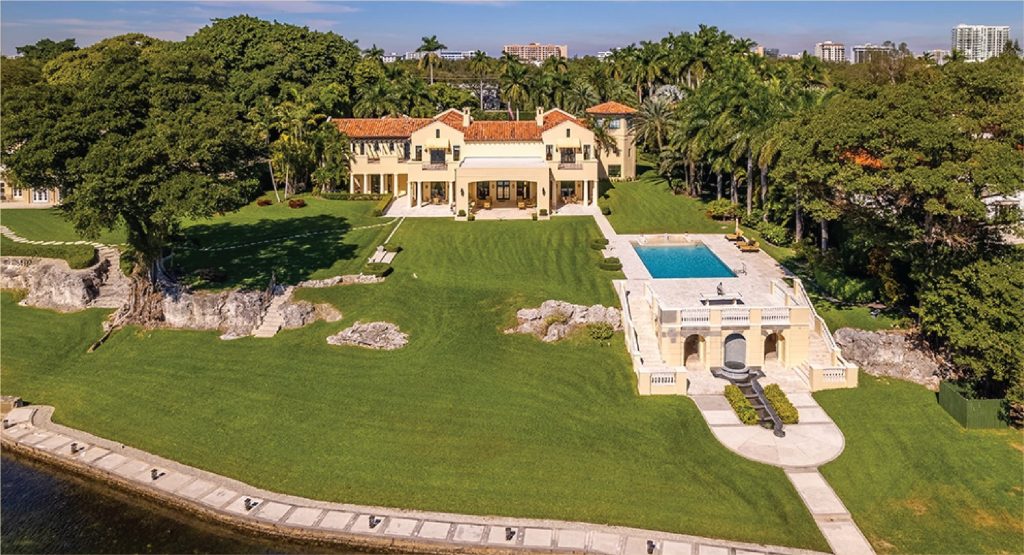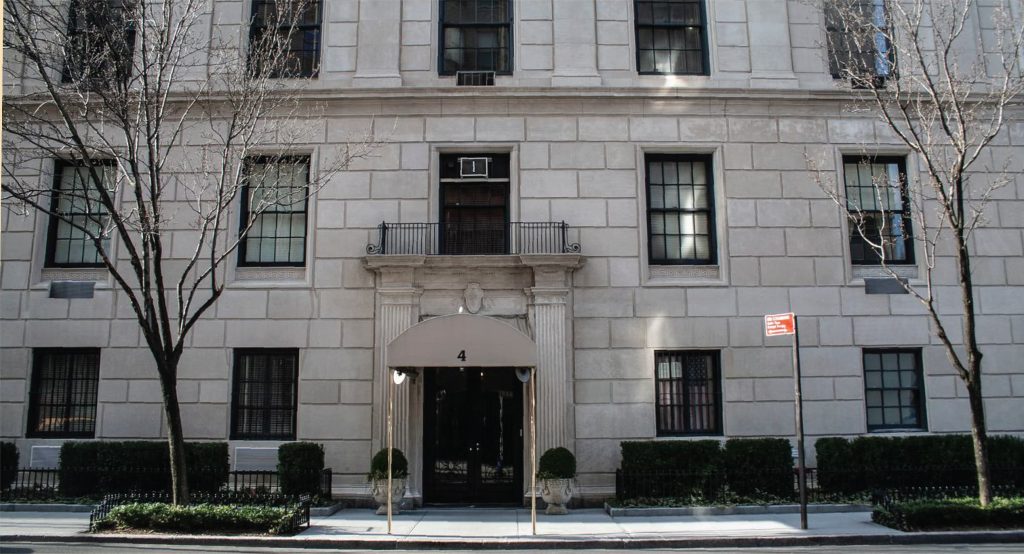In this report, we want to highlight why Texas is an attractive state to own an investment property in.
Many know Texas as the home to many famous sports teams and a popular 80s soap opera.
However, it’s also the state that has been the most gentrified over the past few years and will continue to, in our opinion. Texas has an underappreciated diverse, and robust economy, with numerous industries, including oil and gas, technology, healthcare, and manufacturing. This has resulted in job growth and a steady influx of new residents, which drives housing demand.
Let’s start with our 5 reasons to own investment property in Texas
1. Strong Economic Growth:
Over the past decade, Texas has also consistently ranked among the fastest-growing states in the U.S., driven by a number of factors, including a business-friendly environment, a growing population, and a diversified economy – all positive factors contributing to a strong real estate market.
Texas has outperformed the national average in terms of GDP growth.
Insight: The Bureau of Economic Analysis, as of 3Q2022:
Real GDP growth rate for Texas was 8.7% vs. the national average of 3.2%.
Personal Income growth +6.9% vs. national average +5.3%!
People in Texas are seeing their wages grow more, and their companies are growing faster than the rest of the nation by a long shot!
2. Affordability:
Compared to other major U.S. cities, Texas cities like Houston, Dallas, and Austin are generally more affordable in terms of housing costs, which can make them attractive to investors looking to get more for their money.
Texas has a lower cost of living than the national average, which can make it an attractive destination for people looking for a more affordable place to live.
Insight: According to data from the Council for Community and Economic Research, as of March 2023, the cost of living in Texas was approximately 8% lower than the national average.
Mostly from housing, 15% lower, Food, 9% lower, Transportation, 7% and Healthcare, 4% lower than the national average.
Housing costs, in particular, tend to be more affordable in Texas compared to many other parts of the country, which can be an important consideration for people looking to buy a home or rent an apartment.
3. Business-Friendly Environment:
Texas is known for its business-friendly environment, with low taxes, a favourable regulatory climate, and a pro-growth mindset which now leads the nation in the number of Fortune 500 companies that have made the state their headquarters.
In just 2021 alone, 62 companies relocated their HQs to Texas from 17 other states and 3 countries, with Tesla being the most notable.
This steady stream of businesses and corporations relocating to the state brings with them jobs and new residents.
There is no individual income tax in Texas and no corporate income tax. State sales tax of 6.25% is also lower than the national average of 8.20%.
4. Landlord-Friendly State:
Texas is known for its strong protection of property rights, which can be attractive to landlords.
Quick eviction: Landlords have a legal right to evict tenants who fail to pay rent or violate the lease terms with a quick eviction process compared to other states, which can be helpful to landlords who need to regain possession of their property quickly.
Limited tenant protections: Compared to other states, Texas has relatively few laws protecting tenants’ rights. For example, there is no limit on security deposits, and tenants have limited legal recourse if their landlord fails to make necessary repairs.
Freedom to set rent: Landlords in Texas have the freedom to set their own rent prices without being subject to rent control or other restrictions.
5. Strong Rental Market:
Texas cities have strong rental markets, with demand driven by a combination of population growth, job growth, and a relatively high number of renters compared to homeowners.
This can make investing in rental properties in Texas a lucrative option.
Insight: According to data from Zillow as of February 2023, the median rent in Texas increased by 5.8% over the past year and will continue to increase to 8.4% as of May 2023, according to the Dallas Fed report.
I hope this report helps shed some light on why Texas has been and will continue to be one of the most popular states to own an investment property in.
As we mentioned at the beginning of this report, we are bringing brand-new single-family homes in Dallas, Texas, through Asia from March 14-19. If you want to learn more, please click this link and register.















